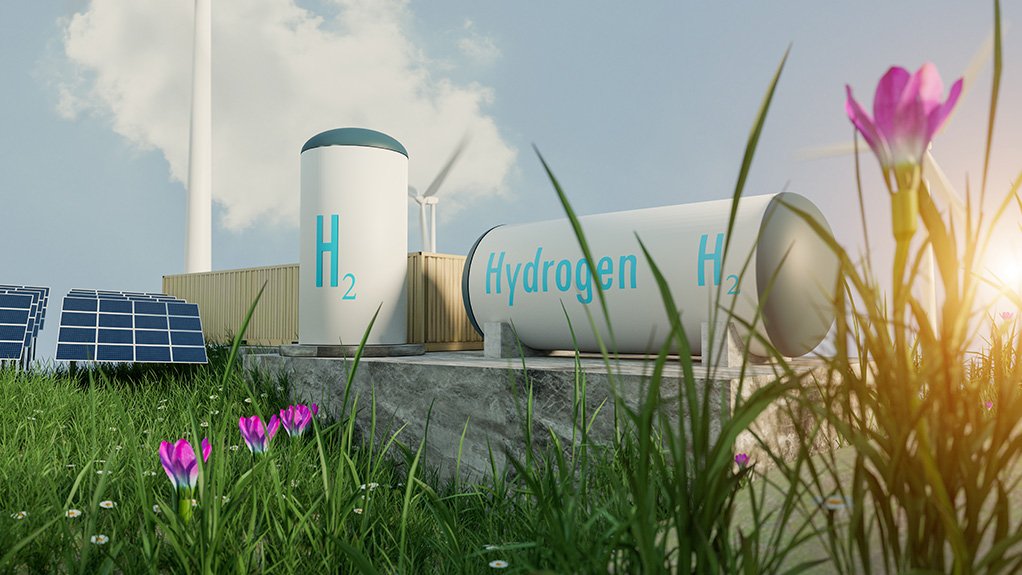Lessons from South Africa’s extensive experience in the automotive industry need to be applied as the country focuses on building a green hydrogen sector, which could potentially produce six-million to 13-million tons of green hydrogen and derivatives a year by 2050.
“South Africa has some natural advantages – land, wind, solar energy, oceans and endowment of critical minerals needed for green industrialisation value chains.
“We have an acquired advantage in our petrochemicals technology and base that can be used in important ways in the transition to green hydrogen and we have a fabrication capability in South Africa that is illustrated by traditional industries, such as steelmaking, and by the success South Africa has enjoyed in automobile production,” said Trade, Industry and Competition Minister Ebrahim Patel.
South Africa had developed a Green Hydrogen Commercialisation Strategy (GHCS) to ensure that the country not only positioned itself as a components manufacturer but considered the entire green hydrogen ecosystem, he said when speaking at a panel discussion on building sustainable value chains for green industrialisation at the South African Green Hydrogen Summit in Cape Town in November last year.
Patel said this strategy, which Cabinet approved and published for public comment in December last year, comprised research and development as well as fabrication and the logistics system – getting green hydrogen to market domestically and globally.
Green hydrogen is identified as a priority sector, along with electricity and new energy vehicles, in need of investment to support the country’s energy security, just transition and economic growth, as per the Just Energy Transition Investment Plan for the initial period of 2023 to 2027.
However, to realise these outcomes through green hydrogen, Patel said, as per the automotive industry, South Africa needed to provide regulatory clarity.
“The legal and other frameworks, and the ‘quid pro quos’ need to be understood by investors, as well as be transparent. Transparency inspires confidence. For people to put money into new technologies and a new market, they need to know what the road looks like.”
Secondly, demand was critically important in the automotive industry and would also be in green hydrogen, he emphasised.
While free trade agreements had been negotiated with Europe and the UK, and preferential access guaranteed through the Africa Growth and Opportunity Act to the US, in the green hydrogen space, preferential procurement arrangements and offtake commitments were required from the global north, added Patel.
Thirdly, incentives were needed, such as those included in the South Africa Automotive Master Plan, to allow for a sustainable and affordable way of addressing some of the gaps between the cost of production and the price consumers are prepared to pay.
However, although South Africa can learn a lot from the automotive industry and many of the lessons can be applied to green hydrogen, there is one difference that will need to be confronted, highlighted Patel.
“There is a demand gap and a price gap. The price of green hydrogen compared with competing technology is, for many of the potential applications, not there yet,”
he concluded.
Edited by: Zandile Mavuso
Creamer Media Senior Deputy Editor: Features
EMAIL THIS ARTICLE SAVE THIS ARTICLE
ARTICLE ENQUIRY
To subscribe email subscriptions@creamermedia.co.za or click here
To advertise email advertising@creamermedia.co.za or click here













